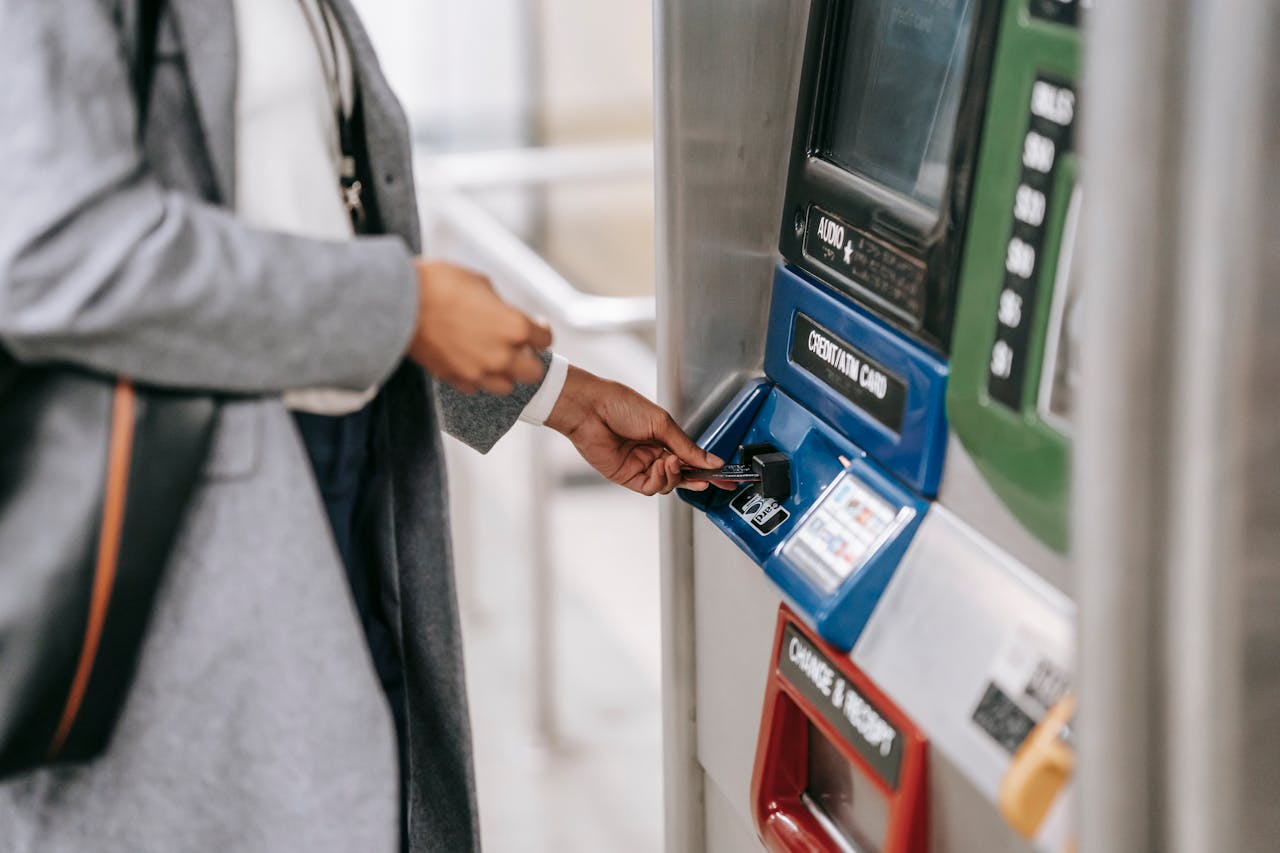

Following the 2020 deep 44 percent plunge, the Philippines' foodservice industry is expected to shrink further before it reaches a process of recovery. The reason is that the country still struggles with the weight of the Delta COVID-19 variant that recently affected the government's year-long attempt to contain the virus.

The foodservice industry is forecasted to drop by 13 percent from USD 8.54 billion to USD 7.4 billion, following an upward trend from 2015 to 2019 before the pandemic hits. The industry market consists of consumer foodservice, full-service restaurants, limited-service restaurants, and cafes, which declined by 13, 20, 10, and 15 percent, respectively.
The fall owes its occurrence to the Philippines' lack of government and private sector collaboration during the pandemic, leading to losses as the country implements multiple mobility closures to contain the spread of the virus.
Logistic struggles also play a part in the country's food service losses as the country lacks proper infrastructure to accommodate logistic services to access nationwide provision.
Despite the ease of mobility restrictions, the Philippines consumers are still hesitant to dine in at restaurants. In contrast, limited-service restaurants fared slightly better as they focused on takeaways and delivery of products.
However, the Philippines food processing industry performs contrastingly compared to the foodservice industry, standing as the country's most dominant industry. The industry currently accounts for more than USD 2 billion and growing consistently with a modest CAGR of 7 to 8 percent.
The growth forecast is based on the country's 5.4 percent growth in household expenditure within the last quarter and the shift to food manufacturer strategies to sell directly to consumers online.
The cautious consumer behavior resulting from the Philippines' uncertain and prolonged pandemic has caused people to increase their demand for pantry items, including baked and canned goods, as it offers extended shelf life and allows consumers to redirect their discretionary spending on purchasing premium level products.
The market for plant-based food is also projected to grow by 3 to 5 percent this year, as the pandemic amplifies the importance of a healthy lifestyle. The increasing digital use of social media spreads the information of healthy eating habits, resulting in the rising forecast of fresh produces.
As countries reopen their borders, the Philippines will gradually see a recovery in food export demand. The country's main food exporter is the United States, which previously saw a downfall in export activities due to the lagging logistics infrastructure. The pandemic forces countries to close their borders to manage the virus containment.

Leading the Charge: Major Players in SEA’s Digital Lending Market
The fintech lending market in SEA is poised for substantial growth, including digital lending which is set to surpass digital payments as the primary revenue driver for the region's digital financial services sector by 2025, with a compound annual growth rate (CAGR) of 33%. This growth is fueled by the widespread adoption of automated loan origination processes and the seamless integration of financial services into digital platforms.

Unlocking Opportunities in the SEA Digital Financial Services Landscape
In recent years, Southeast Asia (SEA) has emerged as a hotbed for fintech innovation, transforming the financial landscape across its diverse markets. This transformation is characterized by a surge in digital financial services (DFS), revolutionizing how individuals and businesses manage their finances. However, the journey is not without its challenges, and understanding these is crucial for stakeholders aiming to navigate this rapidly evolving sector.

How SEA Startups are Navigating Funding Challenges
The startup ecosystem in Southeast Asia (SEA) has long been a vibrant hub for innovation and growth. However, recent global economic shifts and the aftermath of the COVID-19 pandemic have ushered in a new era of funding challenges.

Challenges for Sustainable Recovery in Southeast Asia
Sustainable recovery in Southeast Asia faces numerous challenges, yet also presents significant opportunities for green growth. Addressing sustainable issues is crucial for achieving a resilient and sustainable future.